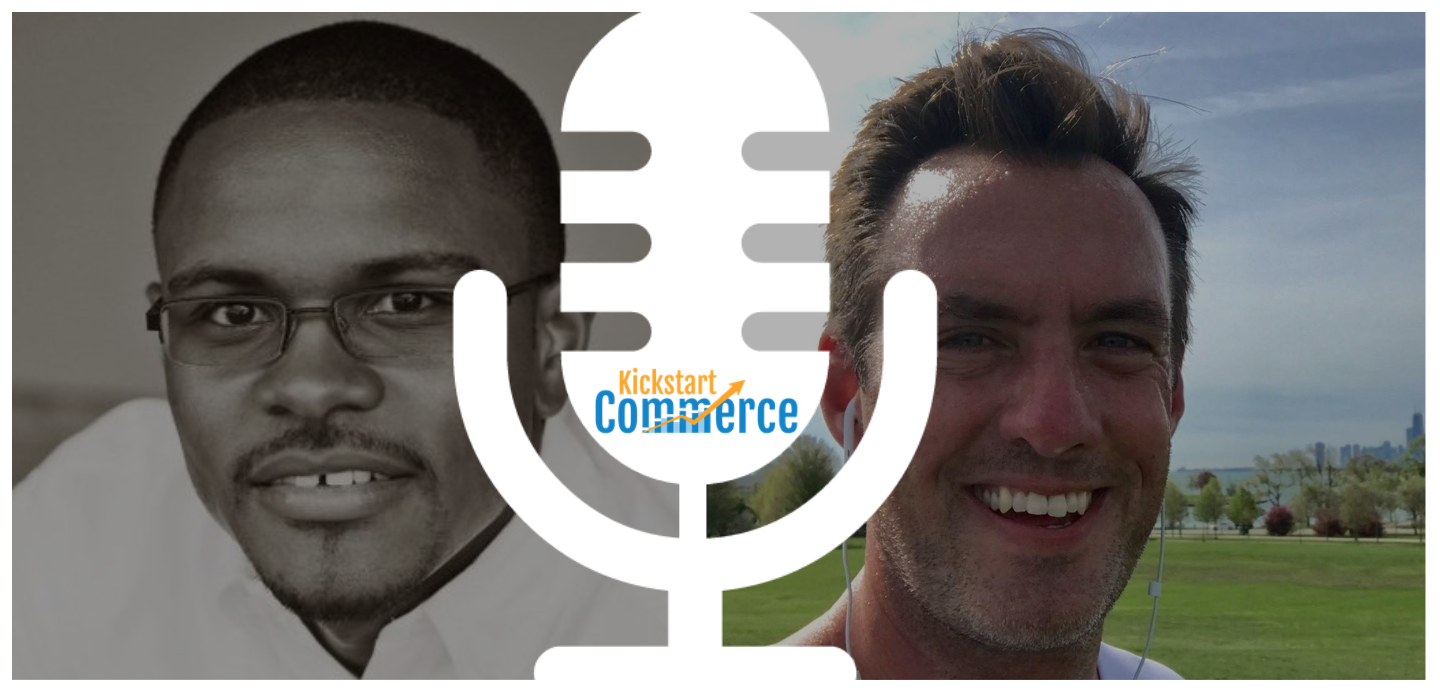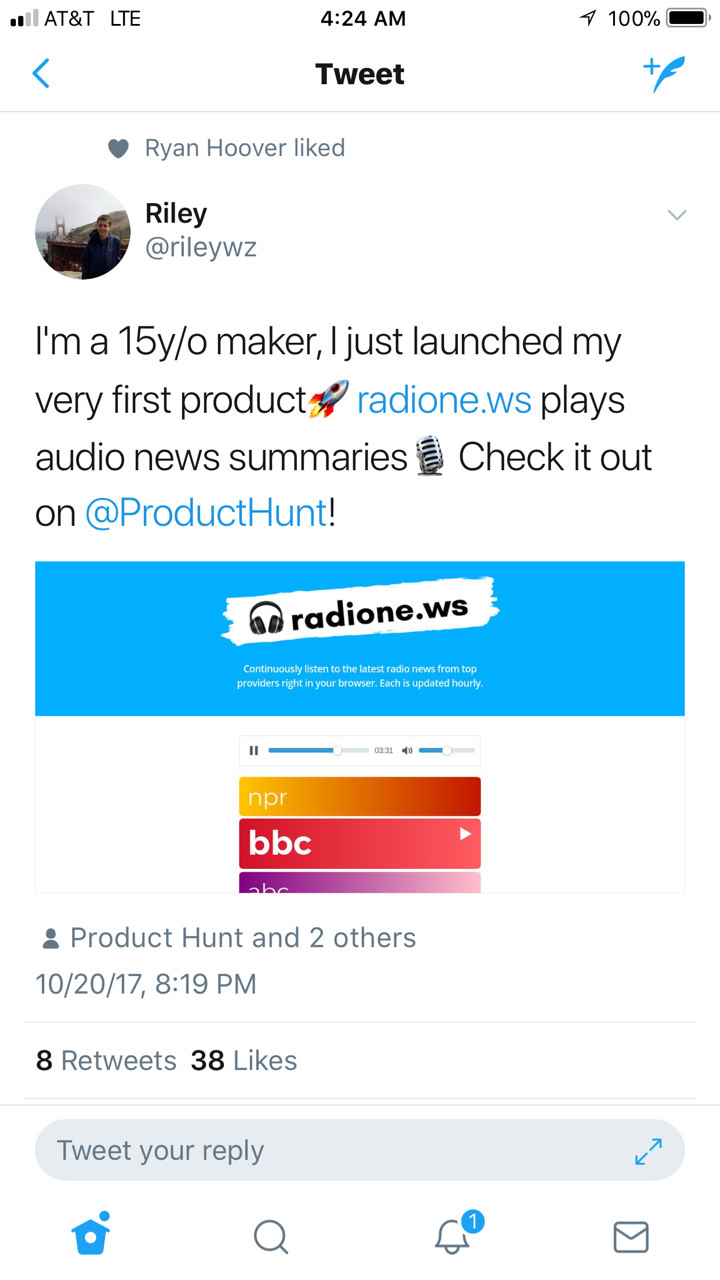Part II: Page one search engine ranking and the rest.
Quick Summary of Contents
Welcome back to second post of Page one search engine ranking and the rest.
In our initial post of this series, we discussed the importance of taking your time to select your niche, keywords, register or acquiring keyword-specific domain names, and creating unique and value-add content.
All are equally important, but I’ve found it most important to have selected the correct niche and keywords long before a domain name and content ever came into consideration.
In today’s post, I’ll continue discussing the wide variety of SEO actions I’ve taken that have led to successfully ranking websites in the top spot across major search engines, and led to increase traffic, conversions, and revenue.
In addition, I’ll share a few tips and tricks for what not to do too.
Let’s continue our search engine ranking discussion.
Socialize your website and boost search engine rankings
With Google+ and Facebook here to stay at the very moment, I can’t express the importance of adding and making your website one that is social.
Matter of fact, socializing 3 of my websites has led to a traffic increase of 1638% over a 6 month period. This is in addition to increased organic search traffic.
These websites are single page seasonal and geo niches geared to help people find out a variety of events within a given geo or city during a certain season.
These niche websites garnered a boost in search engine rankings and traffic by implementing Twitter, Google+ and Facebook social plugins.
The more people click on the social plugins and share the websites with the social networks, the more traffic is received and opportunity to generate additional ad revenue.
It’s truly the social gift that keeps on giving the more and more the websites are shared.
Before implementing social plugins, the websites we moderately ranked in the lower half of search engine results on page one of all major search engines.
However, with social plugins installed, the websites are commanding the top spots across major search engines.
Not only has the social awareness of the websites been made known to social networks, but commanding the page one spot has caused an increase in traffic and revenues for each of the websites.
Good ole’ white-hat SEO to the rescue
Stop the presses and the black-hat tactics. If you are churning and burning through websites using black-hat SEO, then the joke is on you. Yes, you can do this and make money. But why settle for short-term gains when you can have sustainable long-term gains using white-hat SEO.
So many times I meet designers, developers, domainers and website owners in general that are trying to generate or increase website traffic and make a quick dollar by any means necessary.
The sad part is that they sell themselves short on time, effort, and money developing thousands of churn and burn websites for the sake of search engine rankings.
The same amount of energy could have focused their efforts on using proven white-hat SEO tactics and techniques. They would have spent less time, money and effort developing one versus developing thousands of websites.
My recommendation is to focus a good bit of effort on your websites’s architecture and url structure. Inadequate linking and structure or broken links can and will be demise of an unplanned. website.
Make sure you have a reliable, dependable, and trustworthy web host. If your website is built in a bad community of spammy websites, rest assure your website will be classified as a spammy website.
It’s best to avoid shared hosting environments when possible and opt for virtual private or virtual dedicated hosting. Even better, but more expensive, is a dedicated hosting server where your website is the only website being hosted from the IP and server.
In addition, make sure you focus on both on-page and off-page optimization tactics that are sound too, including internal and external link building strategies.
Make sure you have proper meta tags (i.e., Title and Description tags) for each page. They need to be within valid length and each needs to be unique for each page.
Don’t forget to use heading tags to organize your content and images, making it easy to read and scan for the visitor.
Make sure to naturally include keywords within content, but not keyword stuff. Be sure to include keywords in heading tags and image alt, title and description tags.
In addition, make sure you use the robots tag as well as the canonical tag to help instruct and command search engine robots, crawlers, and bots of how to index and follow your website accordingly.
You can also using .htaccess and web.config files to increase search engine rankings and overall website performance.
And finally, when in doubt about whether an activity or tactic is black-hat or white-hat SEO, don’t use it. Using a questionable SEO tactic, whether knowingly or unknowingly, will only work against you should it ever be deemed black-hat.
That’s why I only use white-hat SEO tactics to rank my websites and don’t ever have to worry about how much damage will occur to my search engine rankings when the next SEO algorithm update hits.
Measure search engine rankings over time
One of the most ironic things I’ve run across performing SEO for a living as well as SEO’ing my own websites is how many people do not measure or track their SEO efforts over time.
Again, most are quick to subscribe to the churn and burn and pump and dump content as their silver bullet to increase search engine ranking for their website.
Their thought is the more content that is generated, then the more opportunity they have to rank on page one of major search engines.
The sad reality is that this SEO method only decreases their search engine ranking, traffic and revenue. The only people winning from this type of an SEO deal are the article spinners, directories and SEO’s performing the work should it not be performed in house.
Before you start any website or any SEO effort, it is in your best interest to track, measure and report on an ongoing basis.
I encourage customers to use SEO and web analytic tools like Moz, HitTail, Google Webmaster, Bing Webmaster, and Google Analytics.
Report findings of your SEO effort on a weekly basis. I tend to check the analytics of my websites using the tools above on a daily basis and weekly at minimum.
If you don’t track your SEO efforts, how will you ever know what is working? Not only that, if you are paying an SEO to perform your SEO, how will you know whether their actions are positively or negatively impacting your search engine ranking? Short answer, you won’t know.
I encourage potential and existing customers to always use the services above and own their web analytics and reporting services. Don’t blindly assume things are working out for the best just because someone said so.
Don’t let SEO professionals stop you from having your own set of metrics or reporting in addition to theirs.
There is nothing wrong with comparing reporting and numbers to see if things are lining up. I compare the data from the tools above to make sure I’m not missing anything or glossing over a reporting aspect of great importance.
But the main thing I stress is that you review SEO efforts for your website more frequently than monthly.
Page one search engine ranking conclusion
In closing, nothing more than a few actions separate your website and a page one search engine ranking.
If you’re already on page one, then why is your website not in the top spot. It could be one or many of the following:
- Focusing on a highly competitive niche or keyword
- Not using keyword-specific or search-friendly domain names
- Creating adsense only or churn and burn websites of non-value add content
- Not creating and allowing unique content to be shared via social plugins
- Trying to achieve and sustain search engine ranking in a short amount of time and using black-hat SEO methods
- Not frequently and consistently tracking, measuring, and reporting SEO efforts and website analytics
Again, there is nothing more than a few actions keeping you from substantially increasing search engine ranking, traffic and sales.
Take your time, commit to niche, keyword, and domain name research, perform white-hat SEO tactics, track and measure results, and you’ll be the next niche website or keyword-specific minisite professional.














